Papercrete Construction
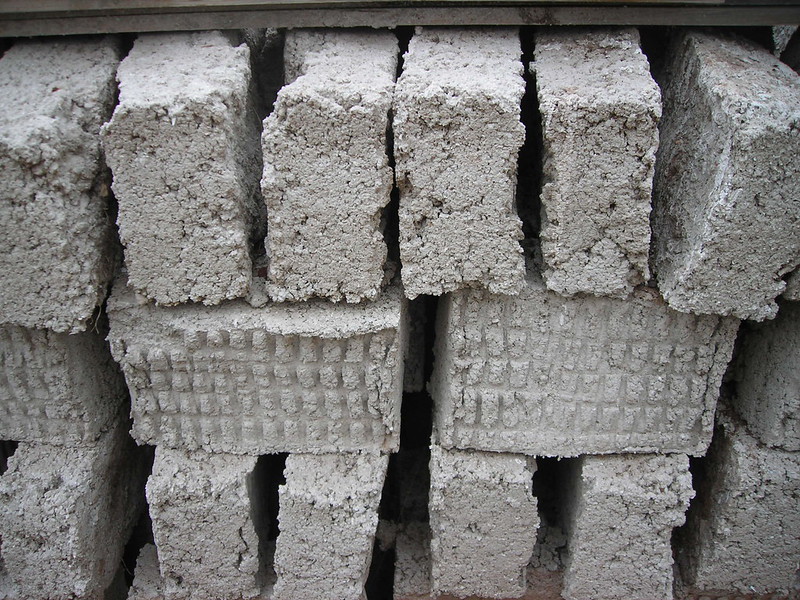 PAPERCRETE CONSTRUCTION
PAPERCRETE CONSTRUCTION
Papercrete (aka fibrous cement) today is being rediscovered as a “new” alternative green building material. Papercrete has been termed by some as a “modern day adobe.” Papercrete can be made into blocks or poured into forms to make a monolithic wall. The material is homemade and consists of paper (3 parts), clay/dirt and sand (2 parts), and Portland cement (1 part). The paper used can be almost anything; newspaper, junk mail, cardboard, etc. Sand or sandy dirt is usually found on site. Dried, ready-to-use papercrete has a rough surface. This increases its surface area and provides a very strong bond from one block to the next. One way to recycle paper is to build with it.
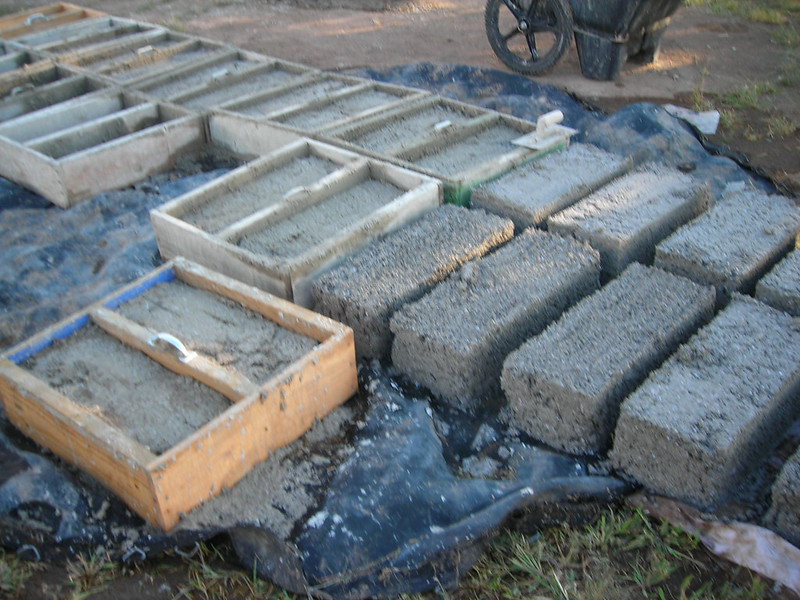 Molds
Molds
INSULATION VALUE – up to R-2.8 per inch, depending on density and ingredients (comparable to fiberglass at R-3.0 per inch). Papercrete walls are typically 10 to 12 inches thick.
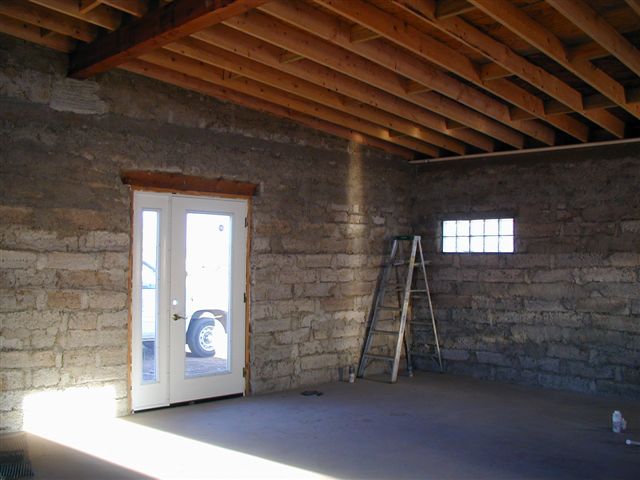 Insulated
Insulated
LIGHTWEIGHT – most papercrete weighs 15 to 20 lbs. per cubic foot, depending on density and mix. (Concrete weighs137 lbs per cubic foot.) Almost anyone can lift and build with papercrete blocks. Unlike concrete or adobe, papercrete blocks are lightweight, less than a third of the weight of a comparably-sized adobe brick. Papercrete is mold resistant and has utility as a sound-proofing material. After construction is complete and the walls are dry, the exterior needs to be sealed by applying a stucco plaster and then painted to waterproof.
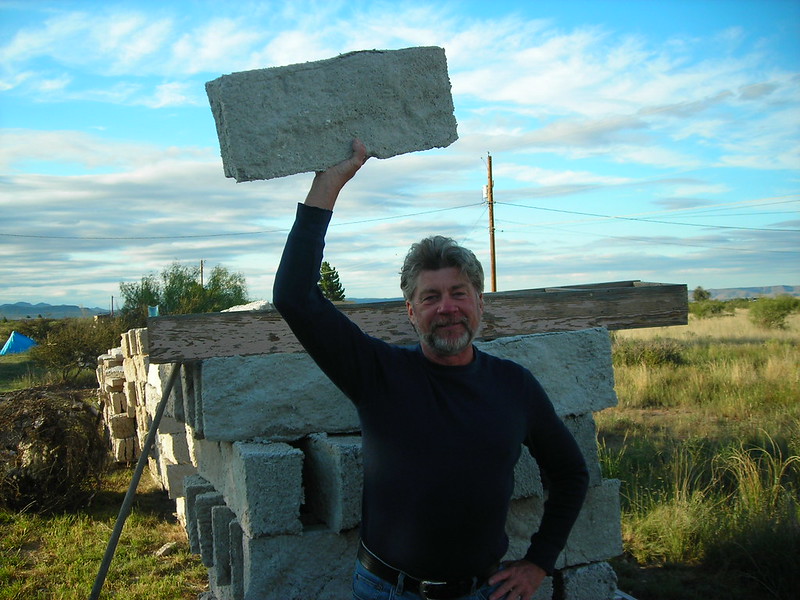 Lightweight
Lightweight
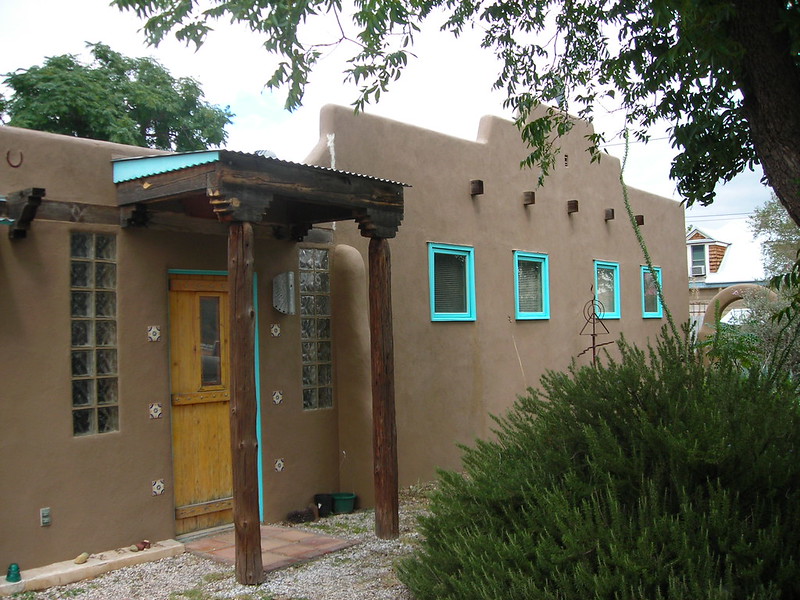 Finished Product
Finished Product

